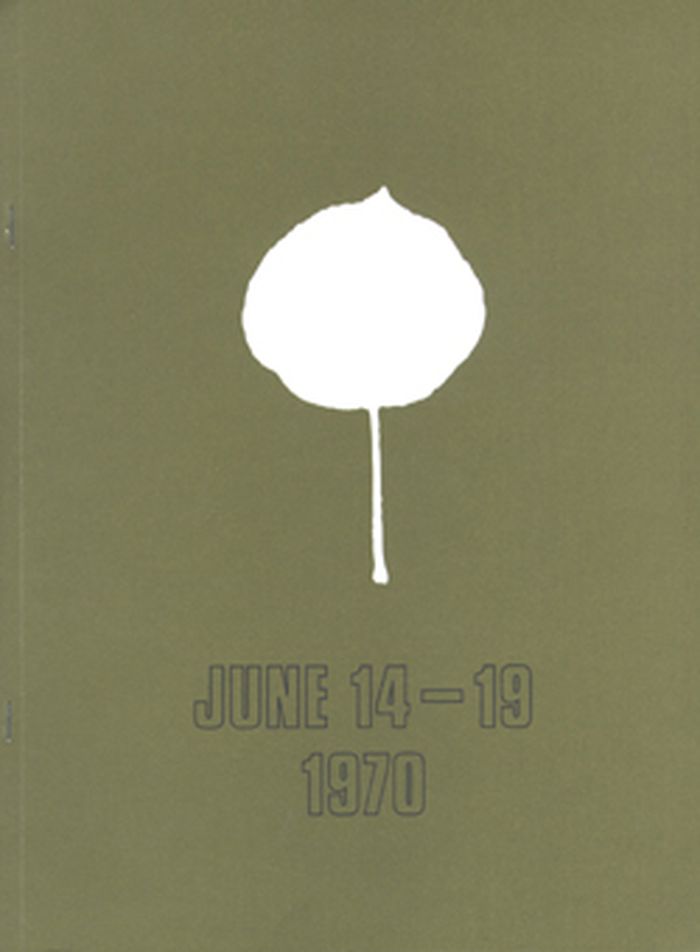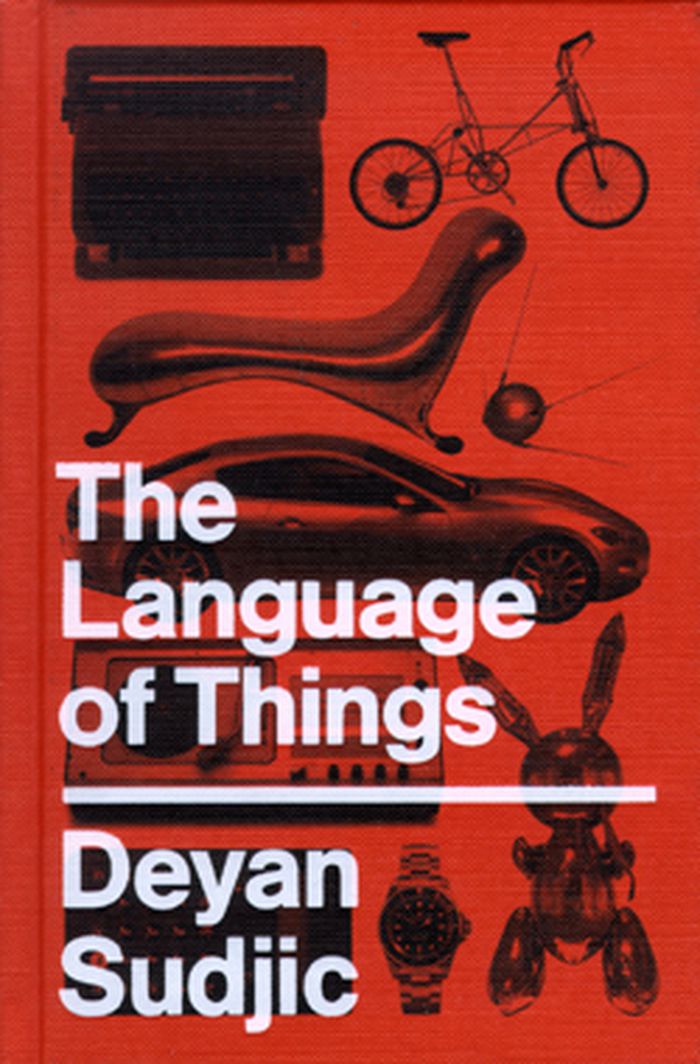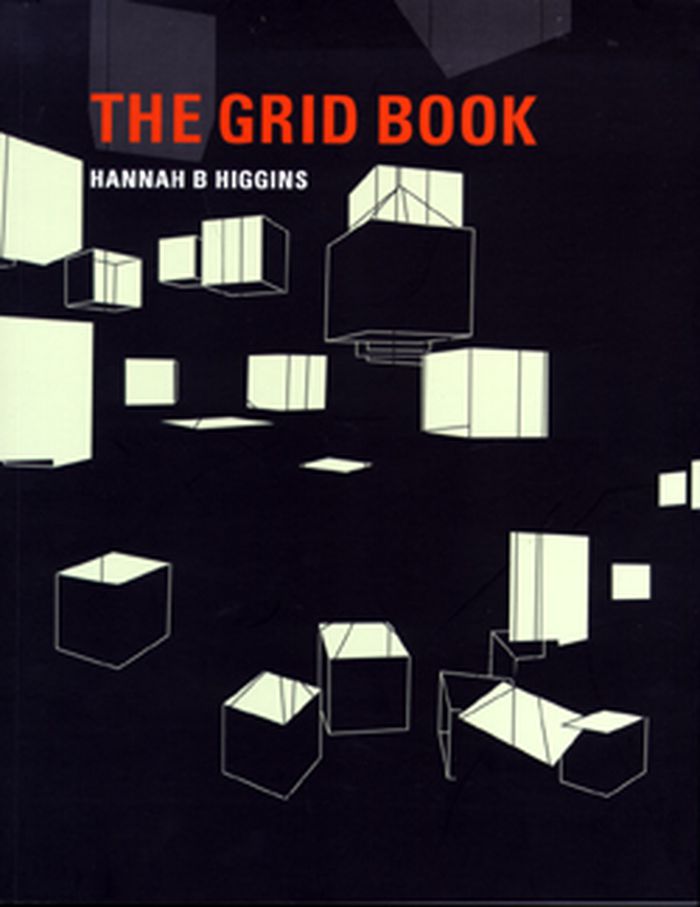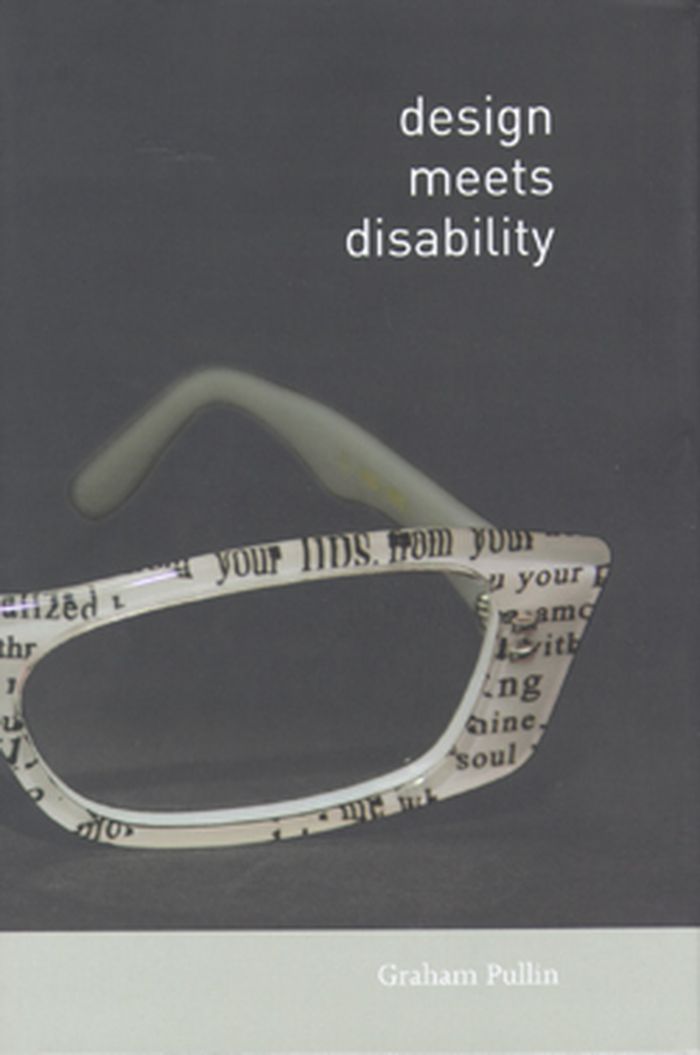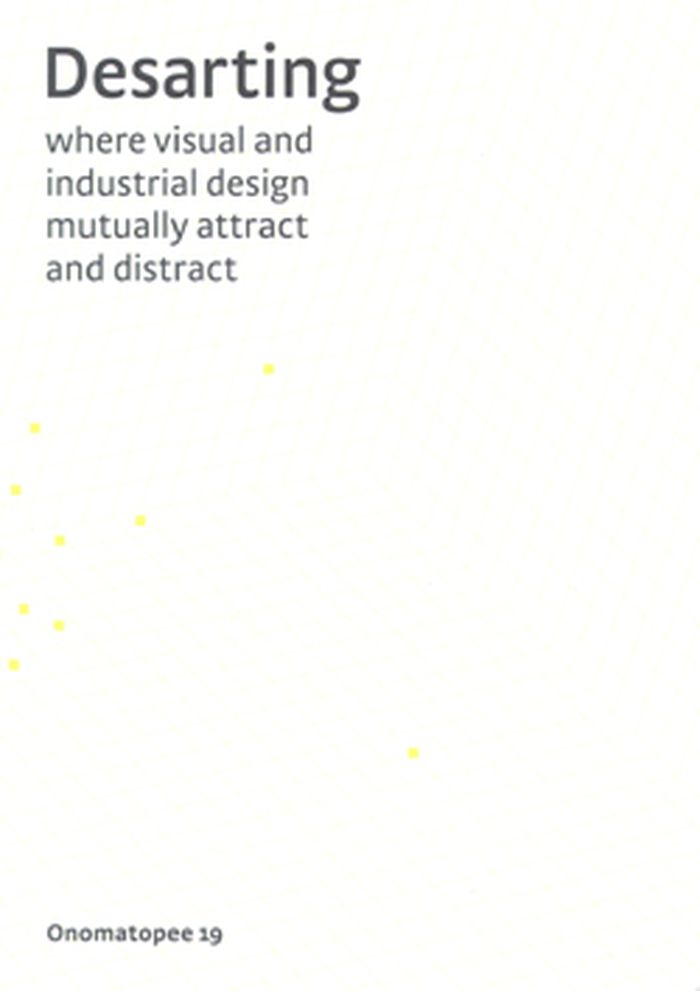$43.95
(available to order)
Summary:
This book presents a broad introduction to design theory and practice. Historical, contextual, philosophical, technical, visual and practical approaches to Design are often presented separately. But each approach impacts on others and together they are critical to a rounded understanding of design.
Beautiful Thing : An Introduction to Design
Actions:
Price:
$43.95
(available to order)
Summary:
This book presents a broad introduction to design theory and practice. Historical, contextual, philosophical, technical, visual and practical approaches to Design are often presented separately. But each approach impacts on others and together they are critical to a rounded understanding of design.
Design Theory
$43.95
(available to order)
Summary:
The links between contemporary design, history and the imagination form the background for this beautiful and unprecedented exploration of Design Art. Addressing works by designers including Jurgen Bey, Tord Boontje, Dunne + Raby and Studio Job, Gareth Williams explores how overtly functional objects - 'designed' objects - can be made to carry meanings and associations,(...)
Telling tales: fantasy and fear in contemporary design
Actions:
Price:
$43.95
(available to order)
Summary:
The links between contemporary design, history and the imagination form the background for this beautiful and unprecedented exploration of Design Art. Addressing works by designers including Jurgen Bey, Tord Boontje, Dunne + Raby and Studio Job, Gareth Williams explores how overtly functional objects - 'designed' objects - can be made to carry meanings and associations, or tell tales. As contemporary design practice, the art market and art itself become more and more integrated, reflecting the merging of art, craft and design, this exciting book offers a valuable and perceptive assessment of our ability to read Design Art objects with the critical tools traditionally associated with painting, sculpture and literary theory.
Design Theory
Hidden forms
$54.95
(available to order)
Summary:
The book Hidden Forms uses examples from Franco Clivio’s collection of objects to reveal clearly and yet poetically the hidden qualities that require a practiced gaze. Working with ordinary, everyday, practical, seemingly design(er)less objects has been Franco Clivio’s obsession both as a university lecturer and as a practicing designer. Each object in the collection(...)
Design Theory
February 2009, Basel, Boston, Berlin
Hidden forms
Actions:
Price:
$54.95
(available to order)
Summary:
The book Hidden Forms uses examples from Franco Clivio’s collection of objects to reveal clearly and yet poetically the hidden qualities that require a practiced gaze. Working with ordinary, everyday, practical, seemingly design(er)less objects has been Franco Clivio’s obsession both as a university lecturer and as a practicing designer. Each object in the collection stands for an unconventional, unconstrained, and sometimes unique solution to a problem that is often simple but always fundamental; fundamental in the sense of a design that places less emphasis on good form than on perfect function.
Design Theory
books
$22.95
(available to order)
Summary:
Each year, the New York chapter of the AIGA invites a group of emerging designers to participate in the Fresh Dialogue forum. In/Visible: Graphic Data Revealed brings together a diverse group of information graphics designers for a lively discussion about the challenges they face visualizing information. Steve Duenes manages the New York Times print and online graphics(...)
Fresh dialogue nine: In/visible: graphic data revealed
Actions:
Price:
$22.95
(available to order)
Summary:
Each year, the New York chapter of the AIGA invites a group of emerging designers to participate in the Fresh Dialogue forum. In/Visible: Graphic Data Revealed brings together a diverse group of information graphics designers for a lively discussion about the challenges they face visualizing information. Steve Duenes manages the New York Times print and online graphics department; Andrew Kuo attempts to categorize unmeasurable human emotions through meticulous charts and diagrams; Fernanda Viégas of IBM’s Visual Communication Lab is the cocreator of the Many Eyes social website that encourages members to upload, interpret, and revisualize one another’s data. Their discussion, moderated by Rhode Island School of Design president John Maeda, covers a range of current and anticipated trends in visual journalism, including issues such as data integrity and visual ethics, judicious simplicity versus seductive complexity, and the everincreasing demand for dynamic information.
books
January 2009
Design Theory
books
$32.50
(available to order)
Summary:
By winning the 2008 Winterhouse Award for Design Writing, David Barringer firmly established himself as the freshest and most interesting writer on the subject. His articles, which have appeared in publications from Print to Emigre, are notable for his strong personal point of view, literary style, and even humor, not always attributes associated with writing about(...)
There's nothing funny about design
Actions:
Price:
$32.50
(available to order)
Summary:
By winning the 2008 Winterhouse Award for Design Writing, David Barringer firmly established himself as the freshest and most interesting writer on the subject. His articles, which have appeared in publications from Print to Emigre, are notable for his strong personal point of view, literary style, and even humor, not always attributes associated with writing about design. In this collection of essays, Barringer’s first, he wonders why drug names have so many X’s in them, ponders the rise of gory DVD covers, and ruminates on his father’s business card collection, pythons, and the human skull – proving again and again that design is everywhere you look for it, (but may not have seen) without the powerful magnifying lens of this talented and exciting observer and writer.
books
January 2009
Design Theory
$12.00
(available to order)
Summary:
This handbook has been put together on the occasion of Martin Beck's exhibition Panel 2: 'Nothing better than a touch of ecology and catastrophe to unite the social classes...' at Gasworks, 19 September - 9 November 2008.
Martin Beck 'Nothing better than a touch of ecology...'
Actions:
Price:
$12.00
(available to order)
Summary:
This handbook has been put together on the occasion of Martin Beck's exhibition Panel 2: 'Nothing better than a touch of ecology and catastrophe to unite the social classes...' at Gasworks, 19 September - 9 November 2008.
Design Theory
The language of things
$29.00
(available to order)
Summary:
We live in a world drowning in objects. But what do they tell us about ourselves? The Language of Things, Deyan Sudjic charts our relationship - both innocent and knowing - with all things designed. From the opulent excesses of the catwalk, or the technical brilliance of a laptop computer, to the subtle refinement of a desk lamp, he shows how we can be manipulated and(...)
The language of things
Actions:
Price:
$29.00
(available to order)
Summary:
We live in a world drowning in objects. But what do they tell us about ourselves? The Language of Things, Deyan Sudjic charts our relationship - both innocent and knowing - with all things designed. From the opulent excesses of the catwalk, or the technical brilliance of a laptop computer, to the subtle refinement of a desk lamp, he shows how we can be manipulated and seduced by our possessions.
Design Theory
The grid book
$49.95
(available to order)
Summary:
In this publication, Higgins examines the history of ten grids that changed the world: the brick, the tablet, the gridiron city plan, the map, musical notation, the ledger, the screen, moveable type, the manufactured box, and the net. Charting the evolution of each grid, from the Paleolithic brick of ancient Mesopotamia through the virtual connections of the Internet,(...)
The grid book
Actions:
Price:
$49.95
(available to order)
Summary:
In this publication, Higgins examines the history of ten grids that changed the world: the brick, the tablet, the gridiron city plan, the map, musical notation, the ledger, the screen, moveable type, the manufactured box, and the net. Charting the evolution of each grid, from the Paleolithic brick of ancient Mesopotamia through the virtual connections of the Internet, Higgins demonstrates that once a grid is invented, it may bend, crumble, or shatter, but its organizing principle never disappears.
Design Theory
Design meets disability
$34.95
(available to order)
Summary:
Pullin offers examples of how design can meet disability today. Why, he asks, shouldn't hearing aids be as fashionable as eyewear? What new forms of braille signage might proliferate if designers kept both sighted and visually impaired people in mind? Can simple designs avoid the need for complicated accessibility features? Can such emerging design methods as "experience(...)
Design meets disability
Actions:
Price:
$34.95
(available to order)
Summary:
Pullin offers examples of how design can meet disability today. Why, he asks, shouldn't hearing aids be as fashionable as eyewear? What new forms of braille signage might proliferate if designers kept both sighted and visually impaired people in mind? Can simple designs avoid the need for complicated accessibility features? Can such emerging design methods as "experience prototyping" and "critical design" complement clinical trials? Pullin also presents a series of interviews with leading designers about specific disability design projects, including stepstools for people with restricted growth, prosthetic legs (and whether they can be both honest and beautifully designed), and text-to-speech technology with tone of voice.
Design Theory
$26.00
(available to order)
Summary:
Desarting - a study of the tension between industrial and visual design.
Desarting where visual and industrial design mutually attract and distract
Actions:
Price:
$26.00
(available to order)
Summary:
Desarting - a study of the tension between industrial and visual design.
Design Theory



